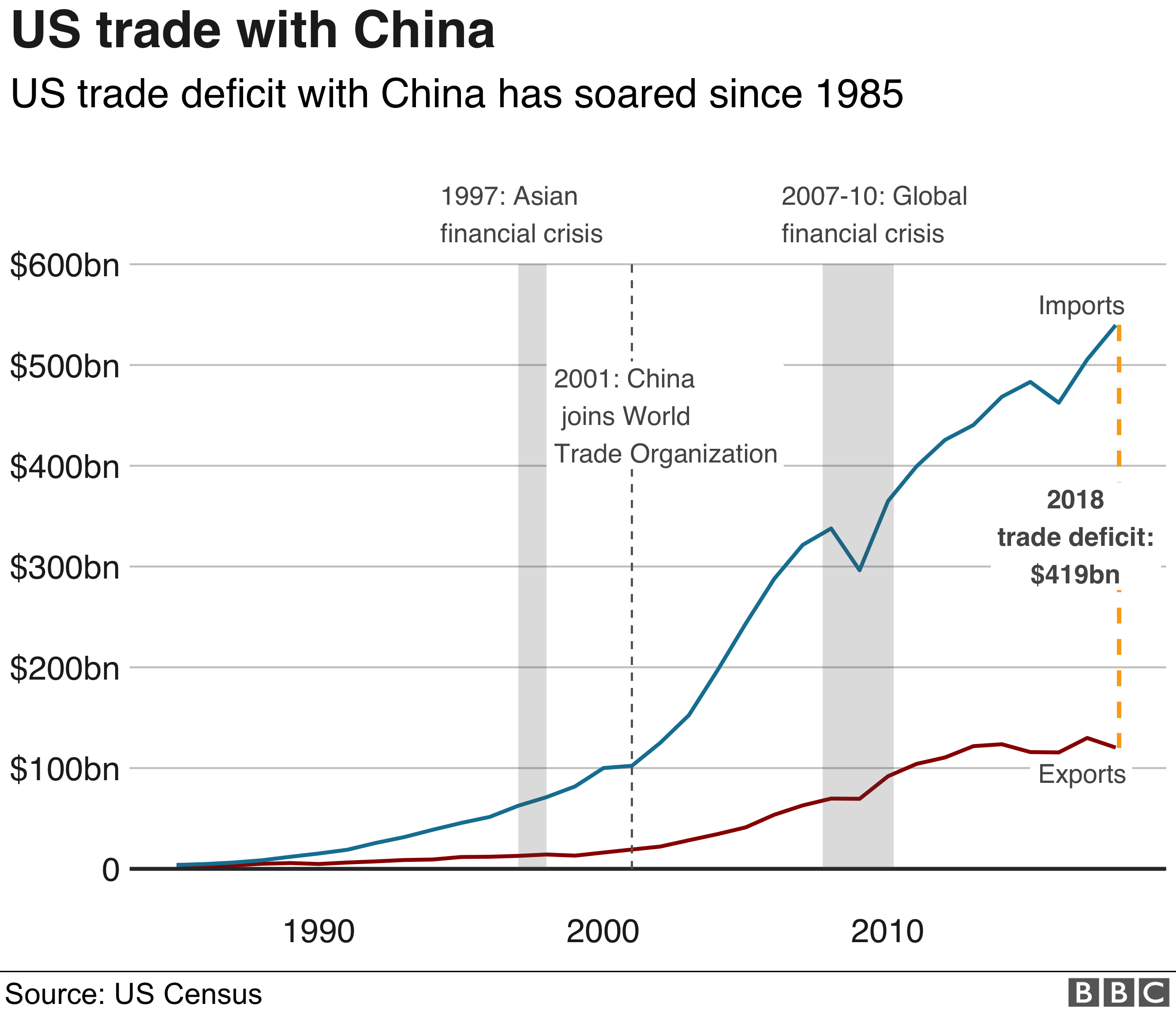How Canada And Mexico Can Thrive Despite US Tariffs: A Trade Growth Strategy

Table of Contents
Diversifying Trade Partnerships
Reducing reliance on the US market is crucial for both Canada and Mexico to mitigate the impact of US tariffs and build a more resilient economy. Exploring and expanding trade relationships with other nations opens new avenues for economic growth and provides a buffer against future trade disruptions. This diversification strategy requires a multi-pronged approach.
-
Strengthening Existing and Forging New Trade Agreements: Actively pursuing and strengthening trade agreements with the European Union (EU), Asia-Pacific nations (e.g., Japan, South Korea, Australia), and key Latin American countries is paramount. These agreements can reduce tariffs, streamline customs procedures, and create preferential access to significant markets. Negotiating favorable terms and conditions is crucial to maximize the benefits of these partnerships.
-
Investing in Trade Infrastructure: Significant investment in infrastructure that facilitates trade with these new partners is necessary. This includes upgrading ports, improving logistics networks, and developing efficient transportation systems (road, rail, and air). Modernizing infrastructure reduces bottlenecks and enhances the competitiveness of Canadian and Mexican exports.
-
Targeted Marketing and Promotion: Effectively promoting Canadian and Mexican products and services in new markets requires targeted marketing campaigns. This includes highlighting unique selling propositions, emphasizing quality and innovation, and adapting marketing strategies to resonate with specific cultural contexts.
-
Active Participation in International Trade Forums: Canada and Mexico must actively participate in international trade negotiations and forums such as the World Trade Organization (WTO) to advocate for their interests and shape the global trade landscape.
Enhancing Regional Integration
Strengthening the Canada-Mexico trade relationship is paramount to building resilience against external shocks like US tariffs. Deepening economic cooperation can mitigate the impact of these tariffs and foster shared prosperity. This requires a collaborative approach focusing on several key areas.
-
Streamlining Cross-Border Trade: Improving cross-border infrastructure and streamlining customs procedures is crucial to reduce trade friction and expedite the movement of goods and services between Canada and Mexico. This includes harmonizing regulations, investing in technology to improve border processing, and reducing bureaucratic hurdles.
-
Joint Research and Development: Investing in joint research and development initiatives in key sectors, such as advanced manufacturing, renewable energy, and biotechnology, can foster innovation and create new export opportunities. Collaboration on research projects can leverage the strengths of both economies and enhance competitiveness on a global scale.
-
Addressing Common Trade Barriers: Developing and implementing strategies to jointly address common trade barriers and challenges faced in third-party markets is essential. A unified front in international negotiations can enhance the bargaining power of both countries.
-
SME Collaboration: Fostering greater collaboration between Canadian and Mexican small and medium-sized enterprises (SMEs) through business partnerships and knowledge-sharing initiatives can create a more dynamic and competitive regional economy.
-
Exploring Deeper USMCA Integration: Exploring the potential for a common market or deeper integration within the framework of the United States-Mexico-Canada Agreement (USMCA) could offer significant benefits by reducing trade barriers and fostering closer economic ties.
Investing in Innovation and Competitiveness
Boosting productivity and competitiveness through innovation is essential to attracting foreign investment and enhancing export capabilities. This requires a commitment to long-term investments in several key areas.
-
Increased R&D Investment: Increasing investments in research and development (R&D), particularly in high-growth sectors like technology and renewable energy, is vital to fostering innovation and creating new export opportunities. Government incentives and tax breaks can encourage private sector investment in R&D.
-
Attracting and Retaining Skilled Workers: Implementing policies to attract and retain skilled workers is critical. This includes offering competitive wages, providing attractive immigration policies, and investing in education and training programs to develop a skilled workforce.
-
Education and Training: Improving education and training programs to meet the needs of a changing global economy is essential to ensuring that the workforce possesses the necessary skills and knowledge to succeed in a competitive market.
-
Supporting Entrepreneurship: Encouraging entrepreneurship and the development of SMEs through access to funding, mentorship programs, and regulatory support is crucial to fostering innovation and economic dynamism.
-
Pro-Innovation Regulatory Environment: Fostering a regulatory environment that supports innovation and competition is essential to encouraging investment and attracting new businesses.
Promoting Value-Added Products and Services
Focusing on higher-value goods and services reduces vulnerability to tariff-driven price competition and strengthens long-term economic growth. This transition requires a strategic shift in production and marketing.
-
Upgrading Manufacturing Processes: Investing in upgrading manufacturing processes and adopting advanced technologies such as automation and robotics is vital to improving efficiency and producing higher-quality products.
-
Developing High-Value Industries: Supporting the development of high-value-added industries such as advanced manufacturing, aerospace, pharmaceuticals, and technology enhances export potential and reduces reliance on low-margin goods.
-
Branding and Marketing: Promoting the branding and marketing of Canadian and Mexican products emphasizing quality, innovation, and unique selling propositions is essential to enhance their value proposition in global markets.
-
Intellectual Property Protection: Developing robust intellectual property protection frameworks safeguards innovation and encourages investment in R&D.
Conclusion
The imposition of US tariffs presents a formidable challenge to Canada and Mexico. However, by implementing a comprehensive trade growth strategy that emphasizes diversification, regional integration, innovation, and a focus on value-added products and services, both nations can not only weather this storm but also emerge stronger and more prosperous. Adopting this Trade Growth Strategy is not just about mitigating losses; it’s about seizing the opportunity to build a more resilient and dynamic economy. Don’t let US tariffs dictate your future—develop your own US Tariffs mitigation plan and thrive. Investing in a robust Canada-Mexico Trade strategy is crucial for long-term economic security and growth.

Featured Posts
-
 Flood Warning Your Guide To Safety From The Nws
May 26, 2025
Flood Warning Your Guide To Safety From The Nws
May 26, 2025 -
 Paris Roubaix 2024 Van Der Poel Completes The Hat Trick
May 26, 2025
Paris Roubaix 2024 Van Der Poel Completes The Hat Trick
May 26, 2025 -
 The Hells Angels Membership Rules And Operations
May 26, 2025
The Hells Angels Membership Rules And Operations
May 26, 2025 -
 Confirmed Kiefer Sutherlands Latest Role Sparks Online Buzz
May 26, 2025
Confirmed Kiefer Sutherlands Latest Role Sparks Online Buzz
May 26, 2025 -
 Invest Smart A Guide To The Countrys Rising Business Hotspots
May 26, 2025
Invest Smart A Guide To The Countrys Rising Business Hotspots
May 26, 2025
